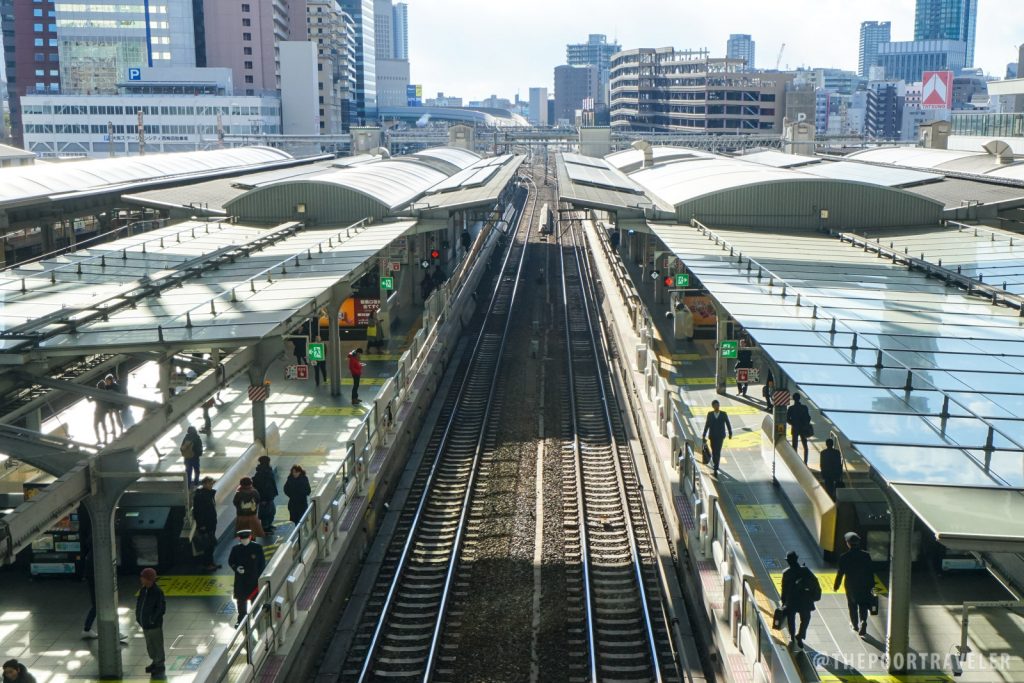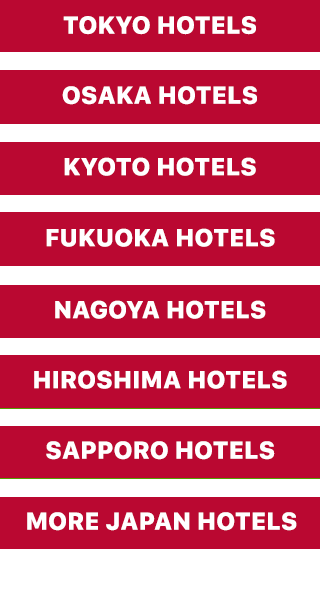When traveling, researching the destination would give you an overview of what to expect when you finally get there. Knowing the dos and don’ts of a place will save you from committing cultural blunders and boo-boos when you are in a foreign country. Following the rules and regulations of a country or a place is quite synonymous with giving respect.
The Japanese follow certain rules of behavior when it comes to sharing public spaces; one such case is riding the trains and buses, the principal means of transportation of the people in Japan. Expect a LOT of people rushing here and there, especially during peak hours. To avoid inconveniencing others or appearing rude, familiarize yourself with the Japanese train and bus etiquette.
Riding the Train
- Waiting for the train to arrive. There are lines and markings on the platform telling you where to stand, where to fall in line, and where the train door positions are. While waiting for the train to arrive, stand behind the yellow or white line marking on the floor if you are the first in line.
- Queuing. As mentioned before, the platforms have markings telling you where to stand in line. How you queue varies; either you stand in two lines or just one. It depends on the location/station.
- Boarding the train. When the train stops, the next thing to do is to make way for the passengers alighting the train. If there are two lines, each will move on either side of the door, clearing the way. If there’s only one line, the line will move to one side. Wait for the passengers to get off the train before you get in. Enter the train and avoid blocking the door as much as possible.
- Priority Seating. These seats are reserved for the elderly, pregnant women, and handicapped people. Also, giving up your seat for those who need it most is encouraged. You may discreetly give up your seat by standing up and taking a few steps away if you don’t want to offend anyone, especially the elderly.
- Special Cars. A lot of trains have designated cars for women during rush hours. These cars are normally marked by Pink signs inside the train and on the platform. Aside from the Women-Only cars, train companies usually assign the first car for the elderly passengers who use pacemakers. While in this car, you are expected to turn off your electronic gadgets, especially your mobile phones.
- Using your mobile phones. Basically, you can use your mobile phone while inside the train — browse the internet, send and receive messages, listen to music and watch videos. What you must avoid doing is talking on the phone. It is considered extremely rude in Japan. Also, you must set your phone on silent mode and use earphones or headphones when you want to listen to music, watch something, or play games. Ensure that the volume is set to a level where only you can hear it. Regional long-distance trains have designated areas where you can talk on your phone.
- Talking inside the train. You can talk but keep your voice low and soft. Japanese people tend to speak less during rush hours when the trains get crowded.
- No smoking. For long-distance travels, cross-country trains assign cars where you can smoke.
- Hygiene. If you are sick, like having colds or a cough or both, wear a mask to cover your mouth and nose. The Japanese people wear them to avoid spreading the virus.
- Eating. You must avoid eating and drinking anything on local trains. Well, you are still allowed to drink water. Regional long-distance trains allow eating and drinking. You can buy from the vendors on board or you can bring your own, just not the pungent ones. Please bring your trash with you or observe proper garbage disposal.
- Luggage. If you are bringing a luggage with you, make sure it’s not getting in the way of others. You must carry it in front of you when entering the train. If there’s a designated area for the luggage, put it there. If you are standing and carrying a backpack or a smaller bag, wear it in front of you to give space for other passengers. Do the same when entering the train. If you are seated, put it on your lap or between your legs.
- Alighting. Gather all your things as you approach your stop/station and walk to the nearest exit and then get off the train quickly to avoid blocking the door.
- Be courteous. When entering and exiting trains, especially during rush hour, it is best to know the Japanese equivalent of “excuse me” or “sorry” — sumimasen.
Riding the Bus
- No talking on the phone. Keep it in silent mode. Use earphones and headphones and keep the volume low.
- Talk quietly and softly to your companion.
- Don’t kick or push the seat in front of you.
- Always wear your seatbelt.
- If you want to recline your seat, politely let the person behind you know.
- Keep the aisle clear. Ensure that your things are not getting in the way.
- Take your trash with you.
To summarize everything: BE MINDFUL OF OTHERS.
Japan Key Cities
 Tokyo |
 Osaka |
 Kyoto |
 Nagoya |
 Sapporo |













Comments